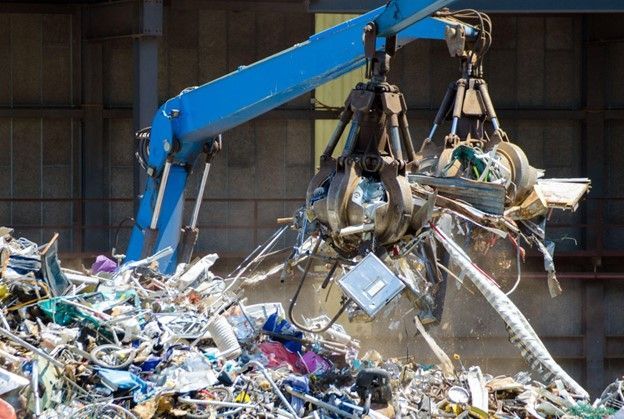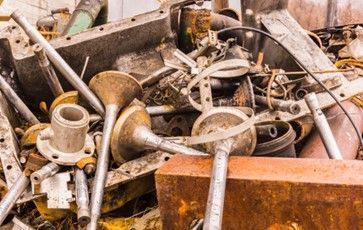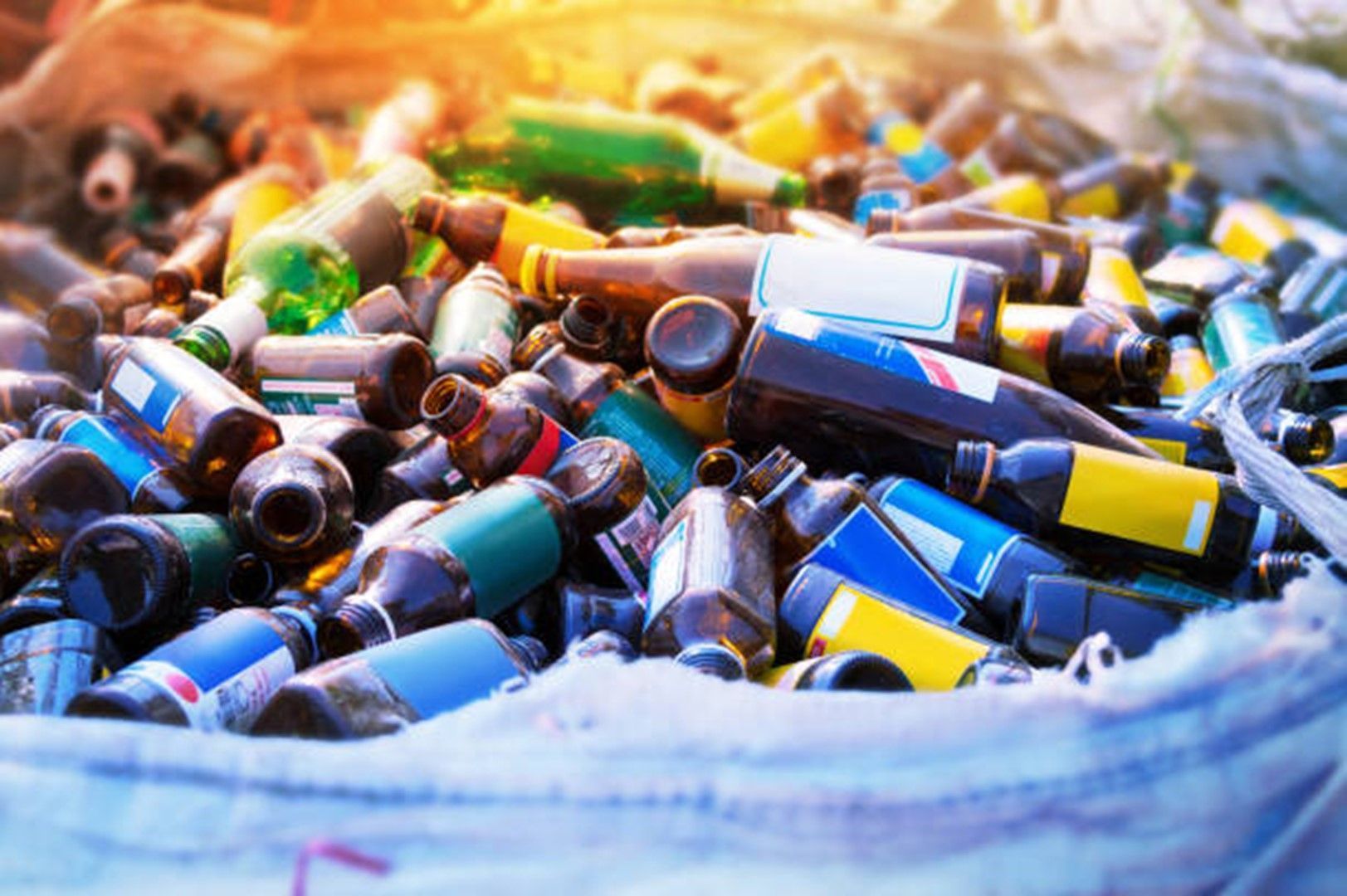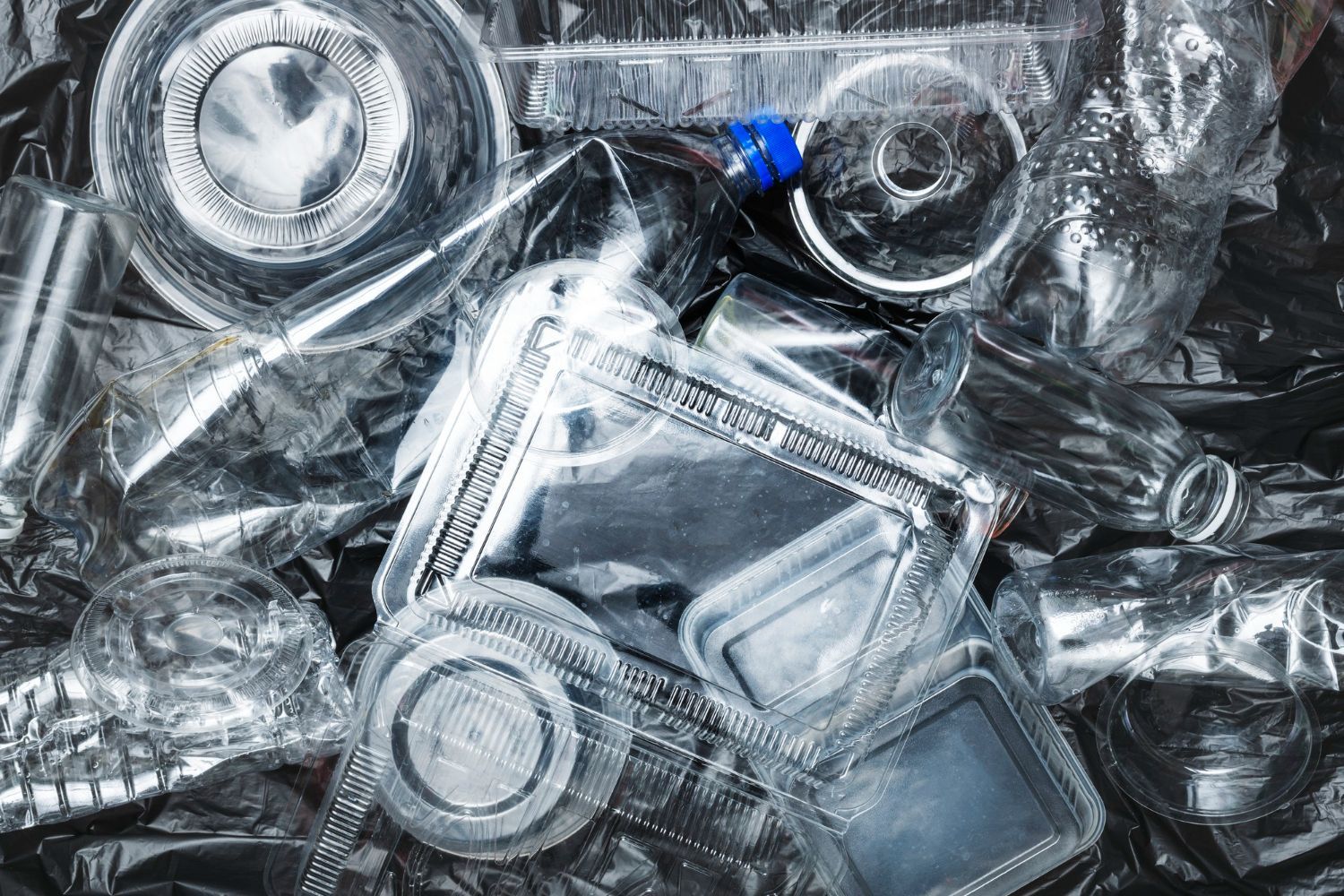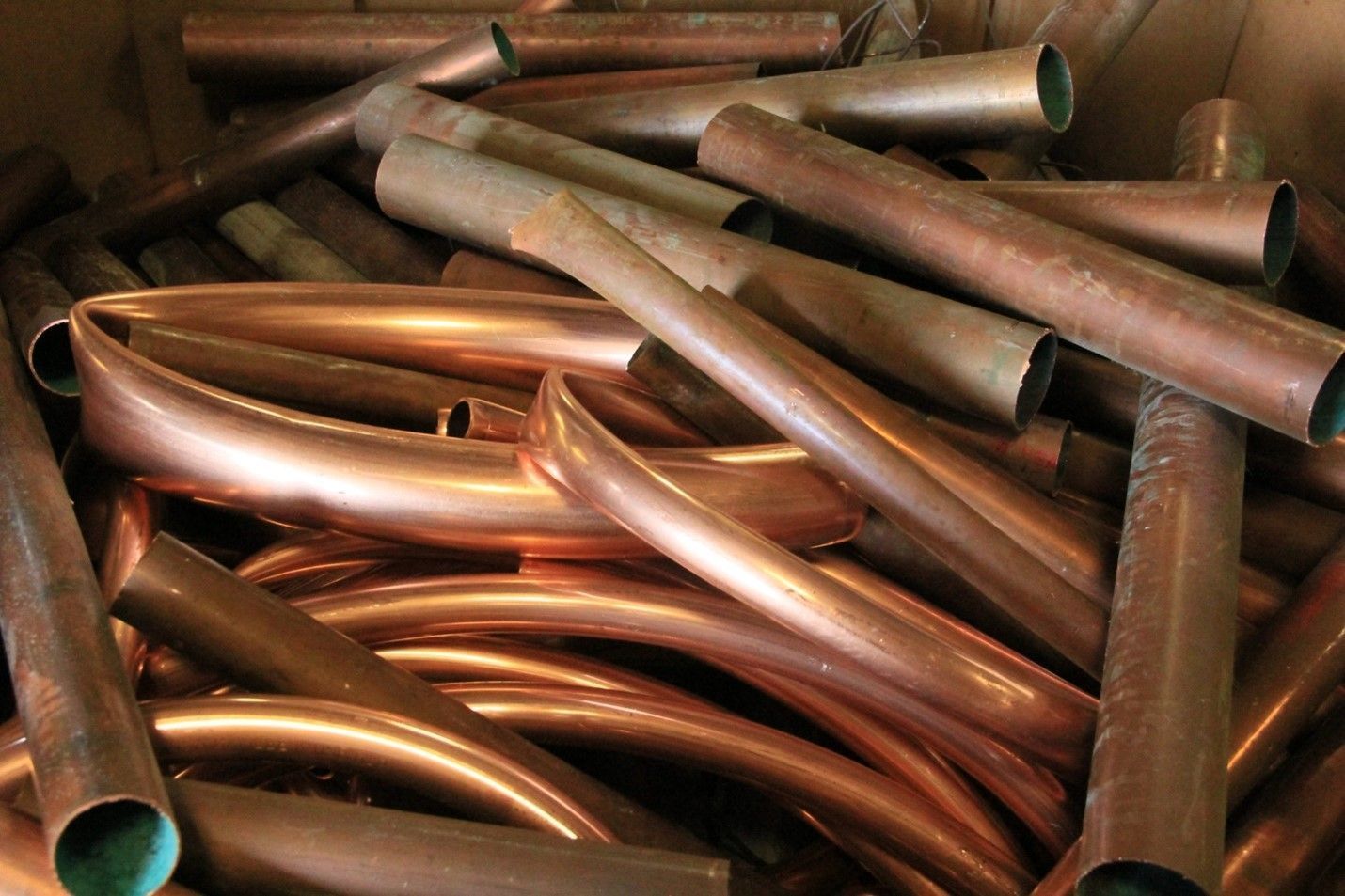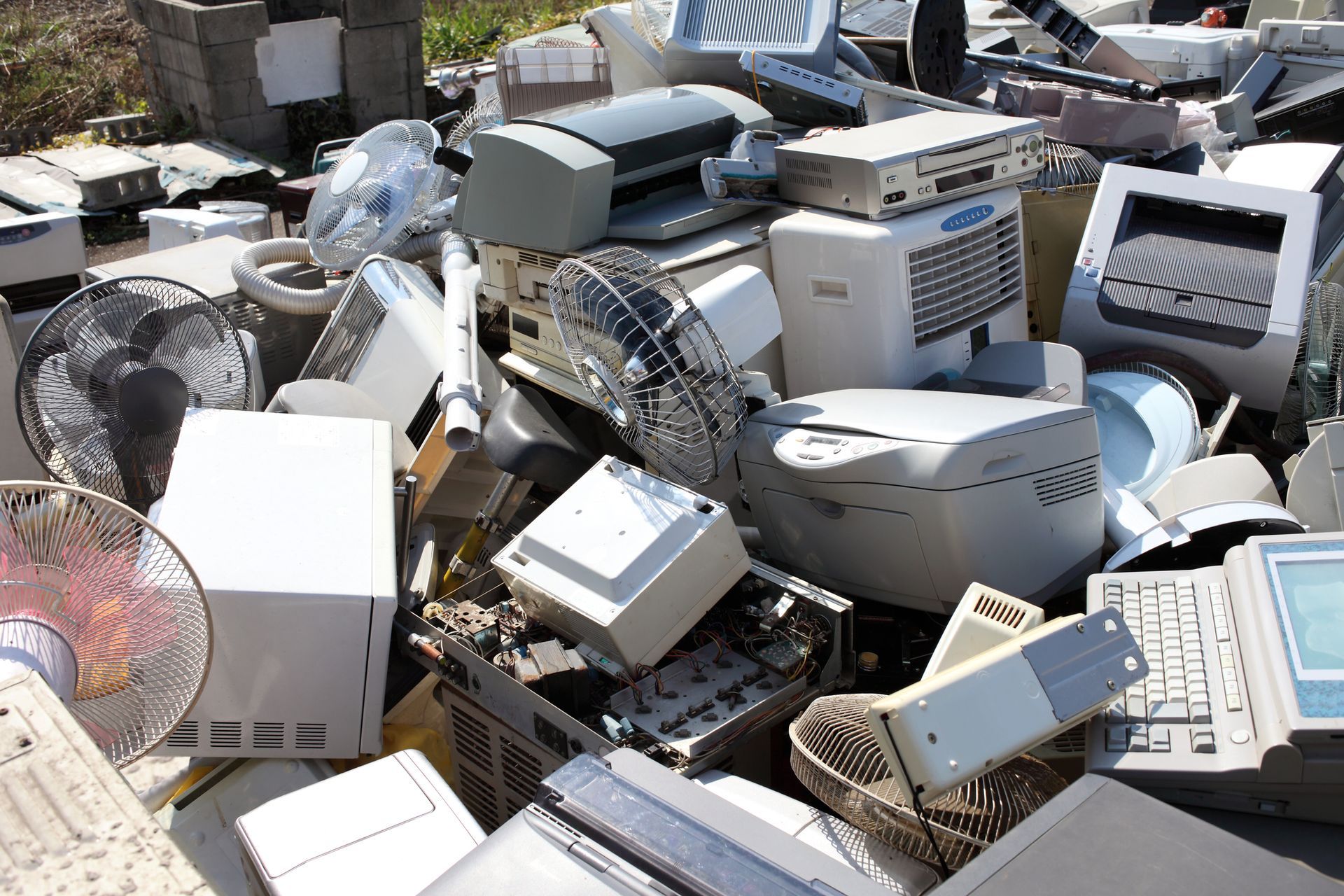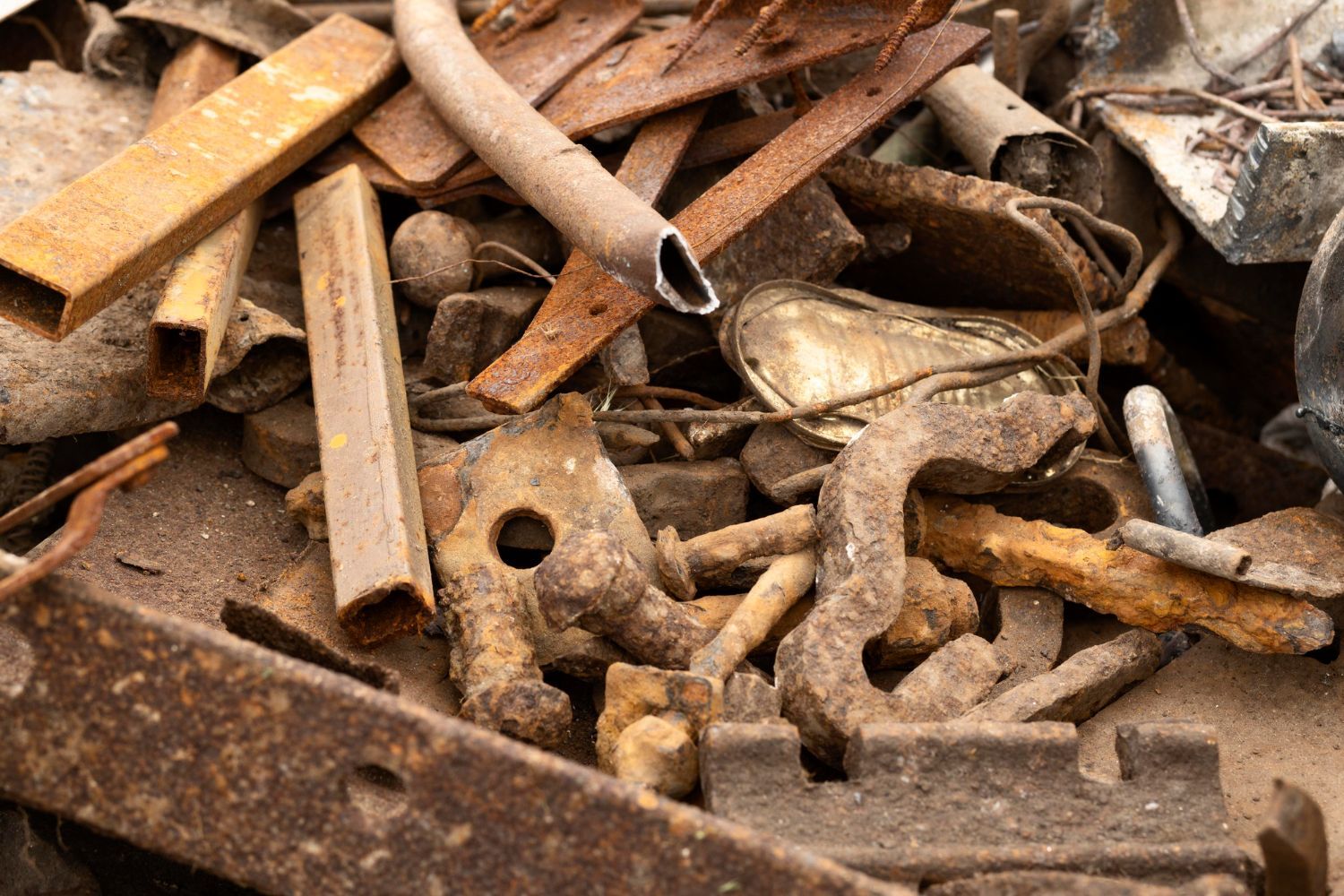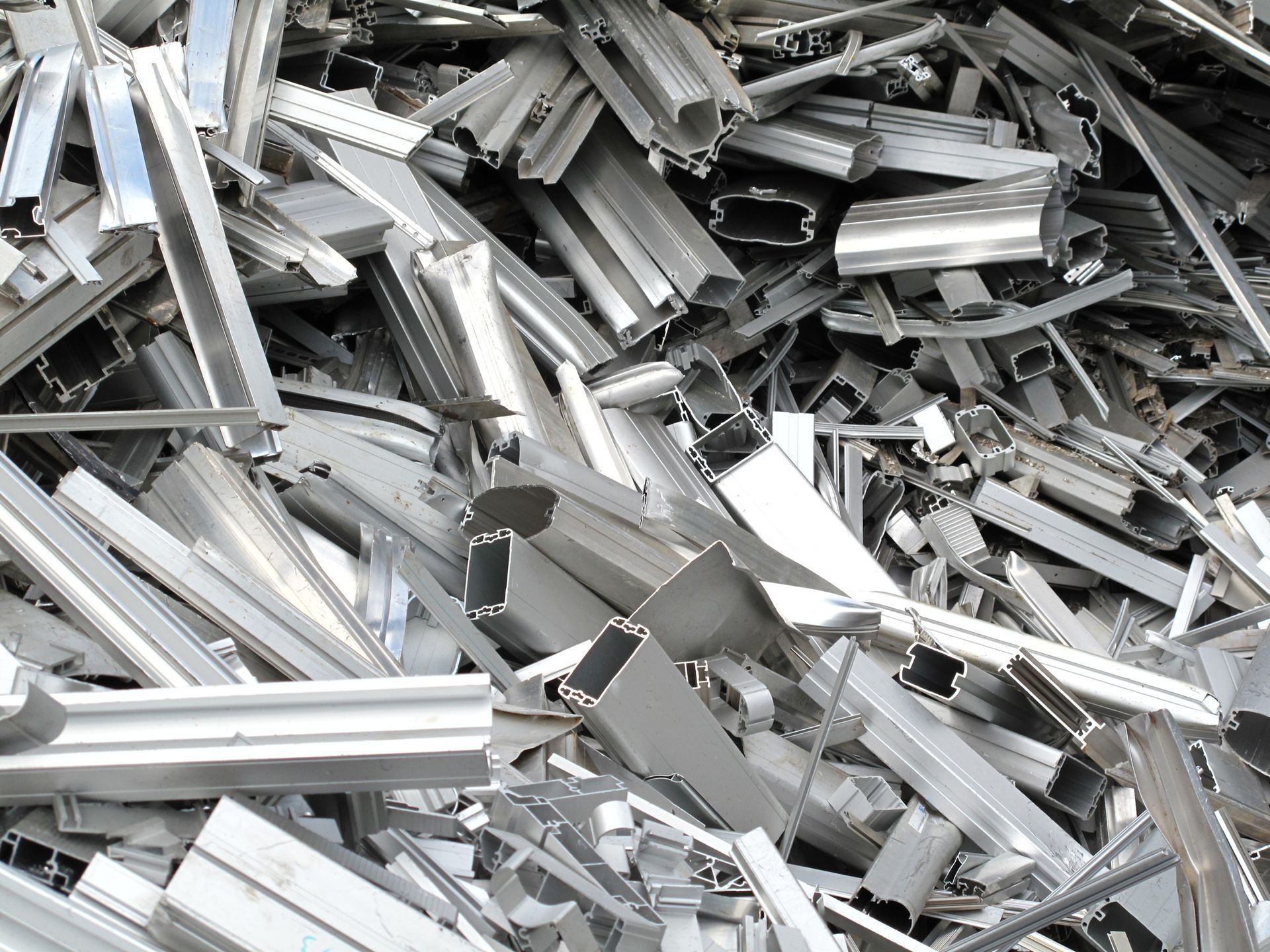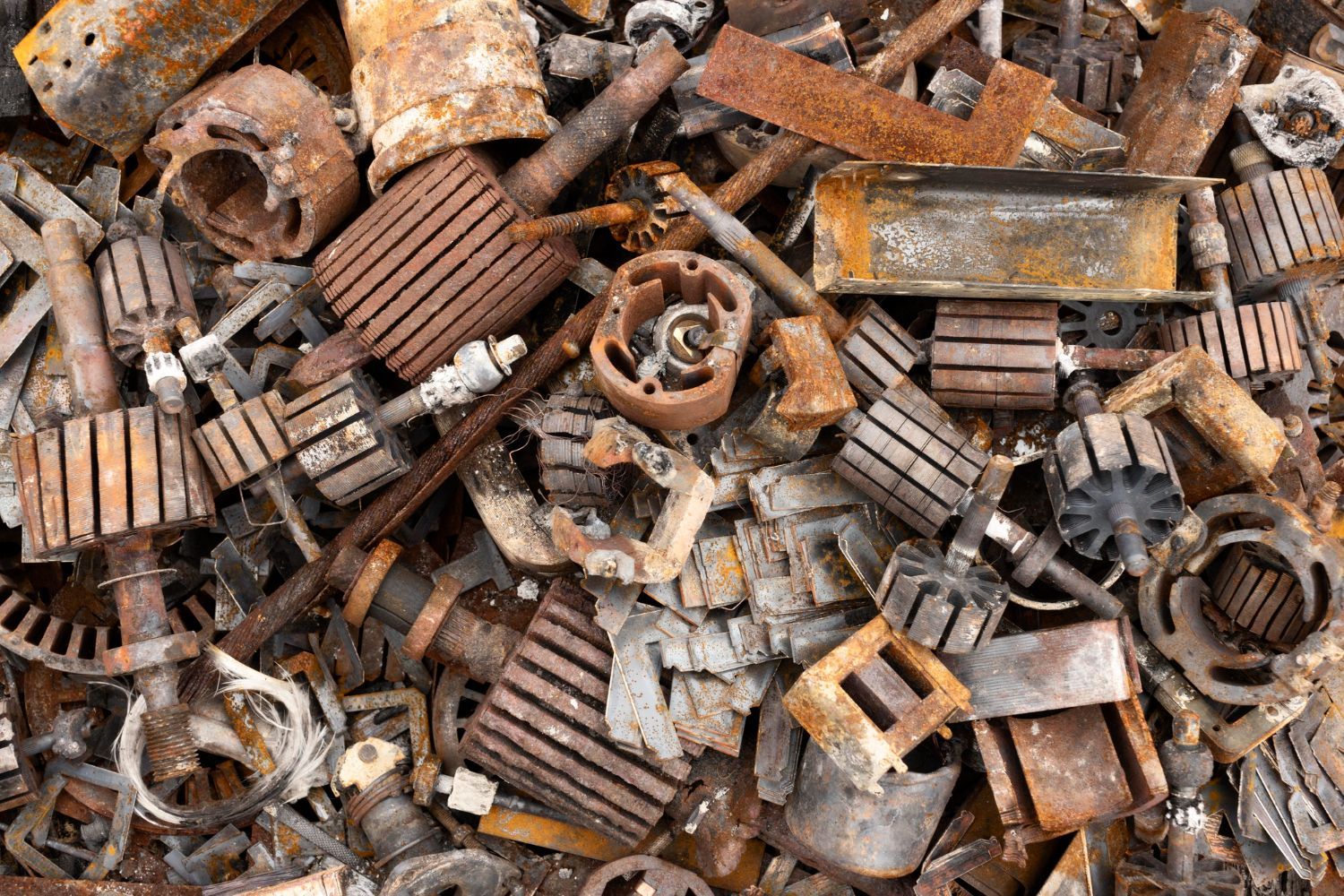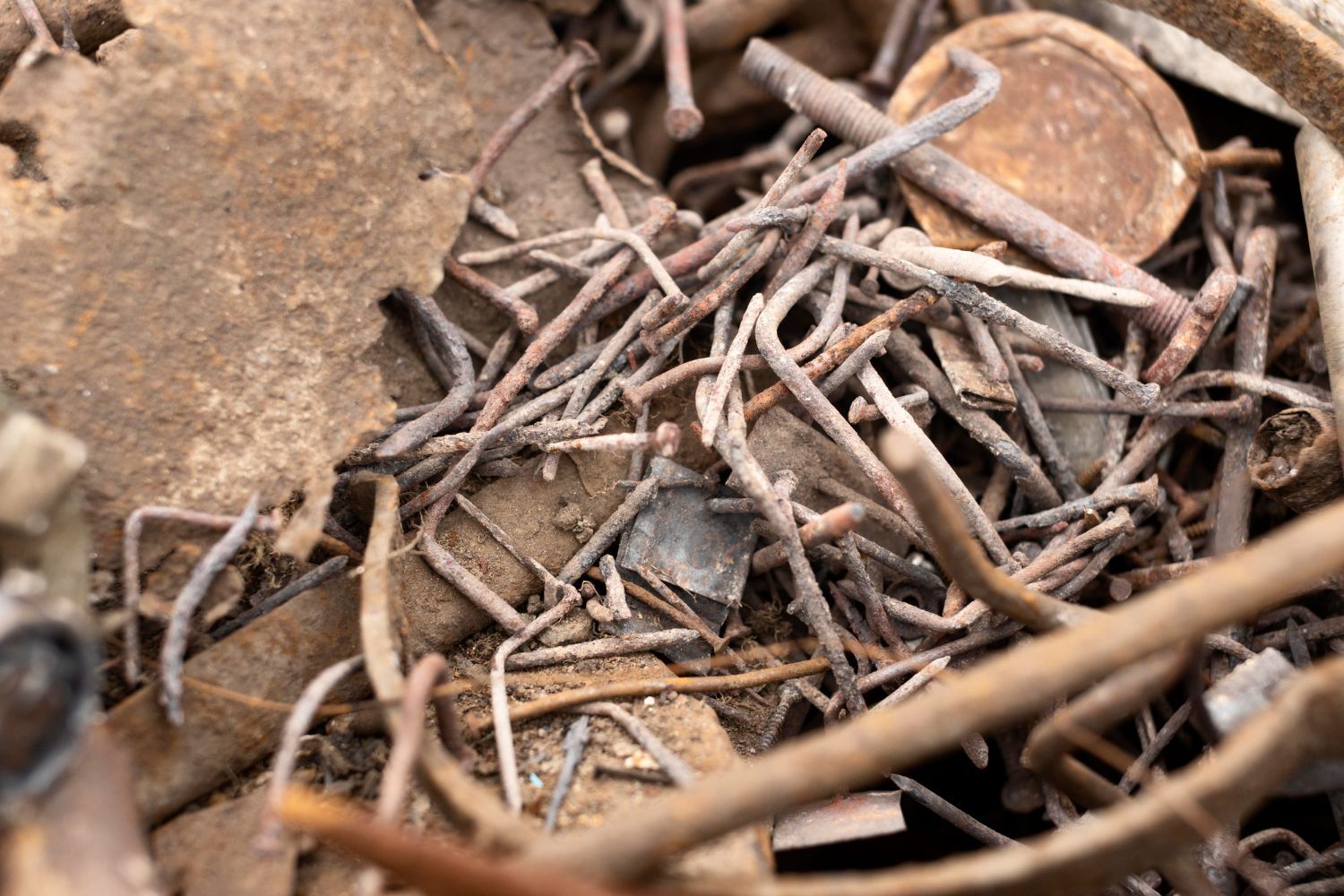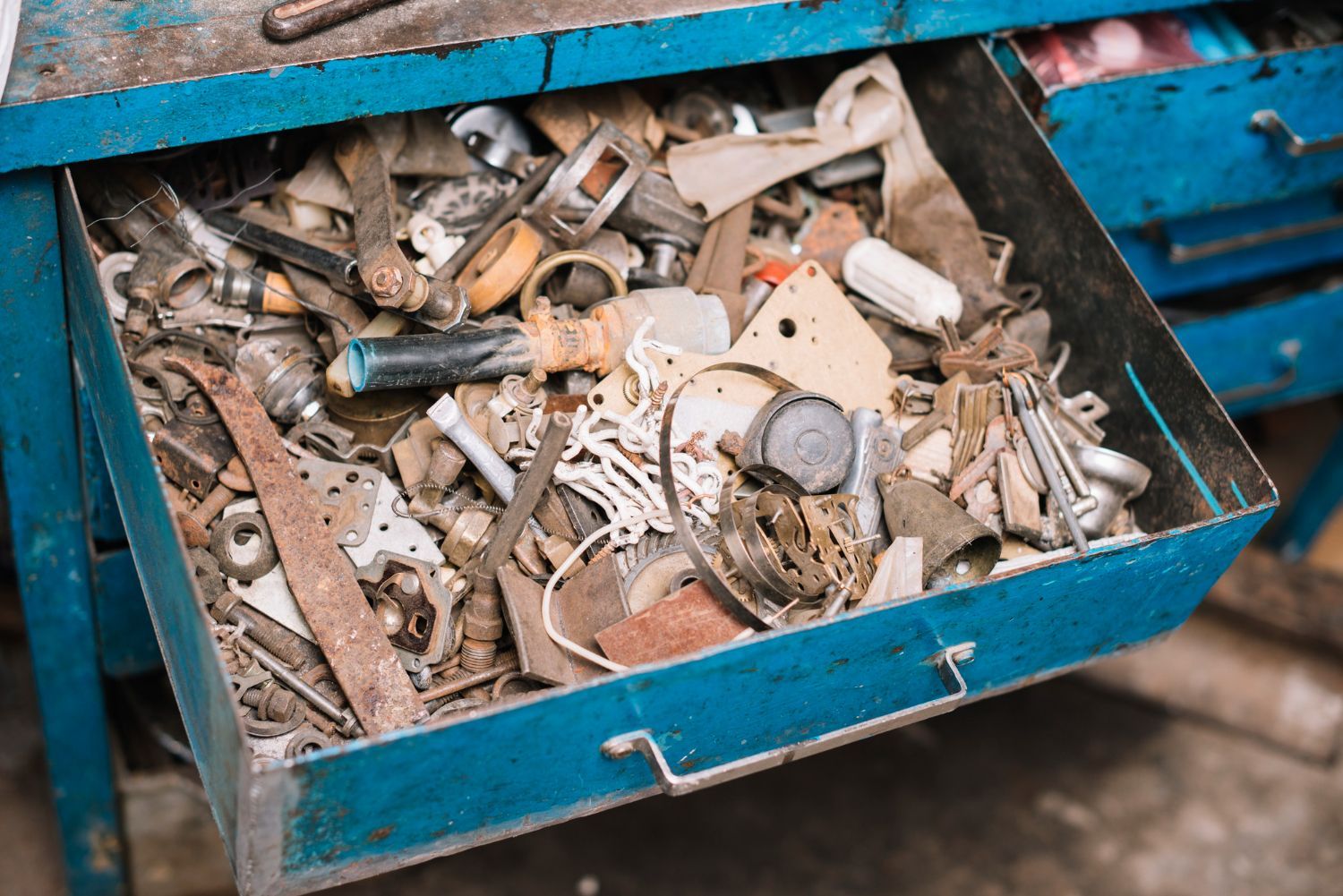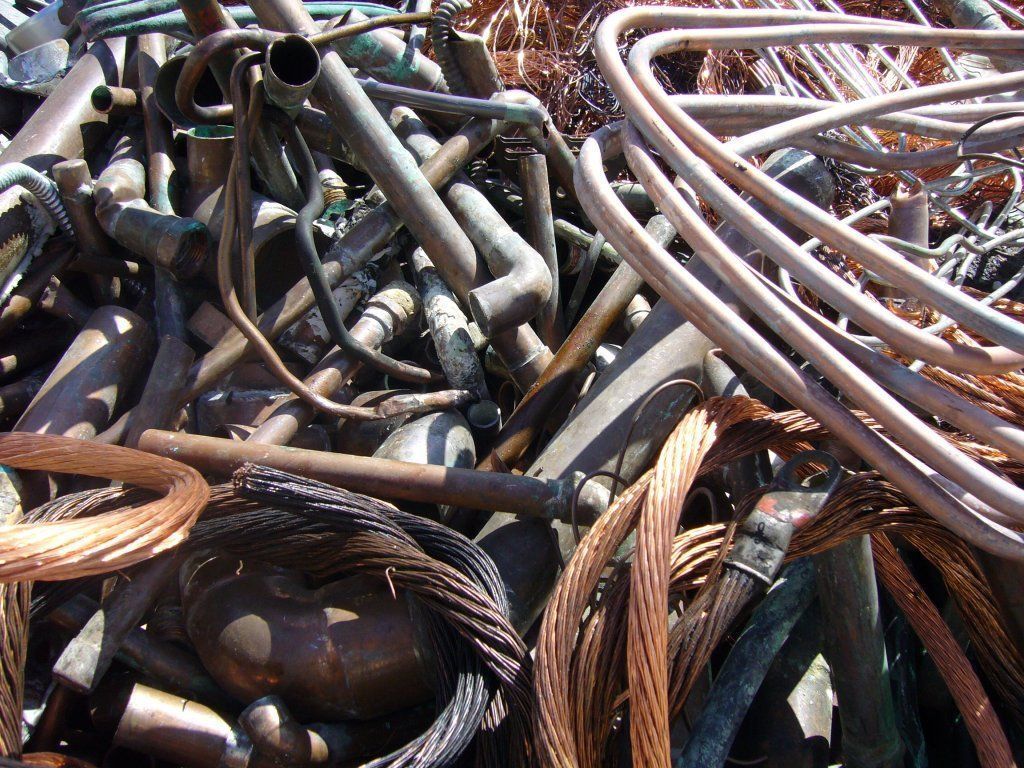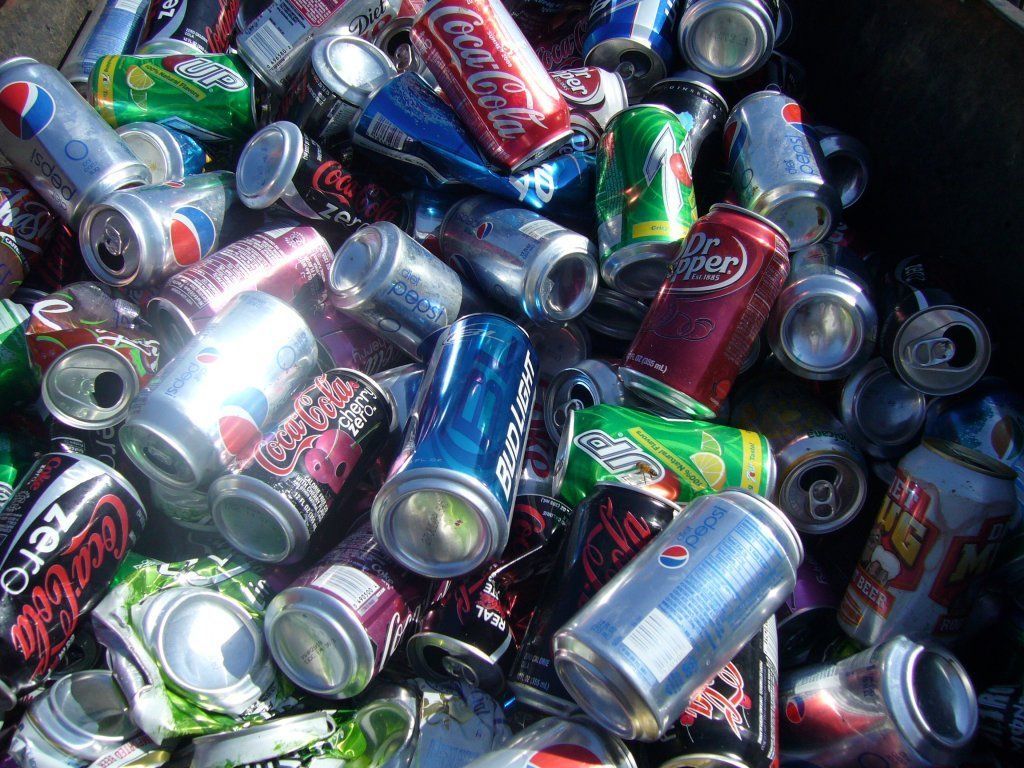Six Mistakes To Avoid When You're Sorting Your Scrap Metal
One of the most important steps in selling scrap metal is properly sorting materials. Different types of metal have different values when they are sold as scrap. Therefore, scrap metal should be sorted by type before it is brought to the recycling center or salvage yard.
The more accurate and thorough your sorting is, the more profitable your scrap metal recycling efforts will be. The following are six mistakes to avoid when you're sorting your scrap metal to ensure that you get the most money back from selling scrap:
1. Being Unaware of Scrap Metal Values
You need to scrap metal strategically to take advantage of any supplies you have of the highest valued metals.
You should always be aware of current market values and focus on maximizing the amount of valuable metals like copper you have to scrap.
2. Mixing Ferrous and Non-Ferrous Metals
The most basic sorting task you can perform when you're scrapping metals is separating ferrous from non-ferrous metals. Recycling centers and scrap yards generally expect you to do this.
Ferrous metals are metals that contain iron, and non-ferrous metals do not contain iron. These two different types of metal are typically separated from one another using a magnet. A ferrous metal will be attracted to a magnetic, and a non-ferrous metal will not be attracted to a magnet.
Start sorting by using a magnet to determine which metals are ferrous and which are not. As a general rule, non-ferrous metals tend to be worth more than ferrous metals.
3. Mixing Various Non-Ferrous Metals
Aluminum, copper, bronze, stainless steel, and brass are all non-ferrous metals. However, the value of these different types of non-ferrous metal can vary significantly.
You need to further sort your non-ferrous metals according to what type they are. You need to learn to recognize the different types of non-ferrous metal. For example, you'll need to identify copper by its reddish coloring and learn to pick it out even when it has become discolored and greenish due to corrosion.
4. Sorting into Piles
Scrap metal should be sorted into bins and not simply into piles. Sorting into piles and then loading piles up onto a truck can allow metals to become mixed together again while you're en route to the recycling center.
Set out different bins and label them to keep metals separate and to be sure of what type they are once you reach the recycling center.
5. Failing to Clarify Requirements
Before you get started with scrapping metal, you should learn about the various requirements of the recycling center or scrap yard to which you'll be bringing your scrap.
Recycling centers typically have various rules and procedures you'll need to follow if you want to sell your scrap to them.
Get in touch with the recycling center and form a relationship with the recycling center over time. This way, you'll have an open channel of communication and can ask questions about scrap and how it needs to be submitted as necessary.
6. Breaking Up Recyclable Items
In some cases, you'll want to leave whole appliances or items together rather than breaking them up into parts.
Whole items like automobile parts, batteries, and catalytic converters are likely to be sellable as is. Make sure you know how to recognize valuable whole items that could possibly be resold whole for more than you can get in the scrap.
This will save you from doing unnecessary work while also maximizing the value of your recycled or resold items.
Contact Bruce Metal & Salvage if you're looking for a recycling center in the Santa Ana area that offers top dollar for scrap metal. Bruce Metal & Salvage specializes in offering money for nonferrous scrap metals and a variety of additional materials.
